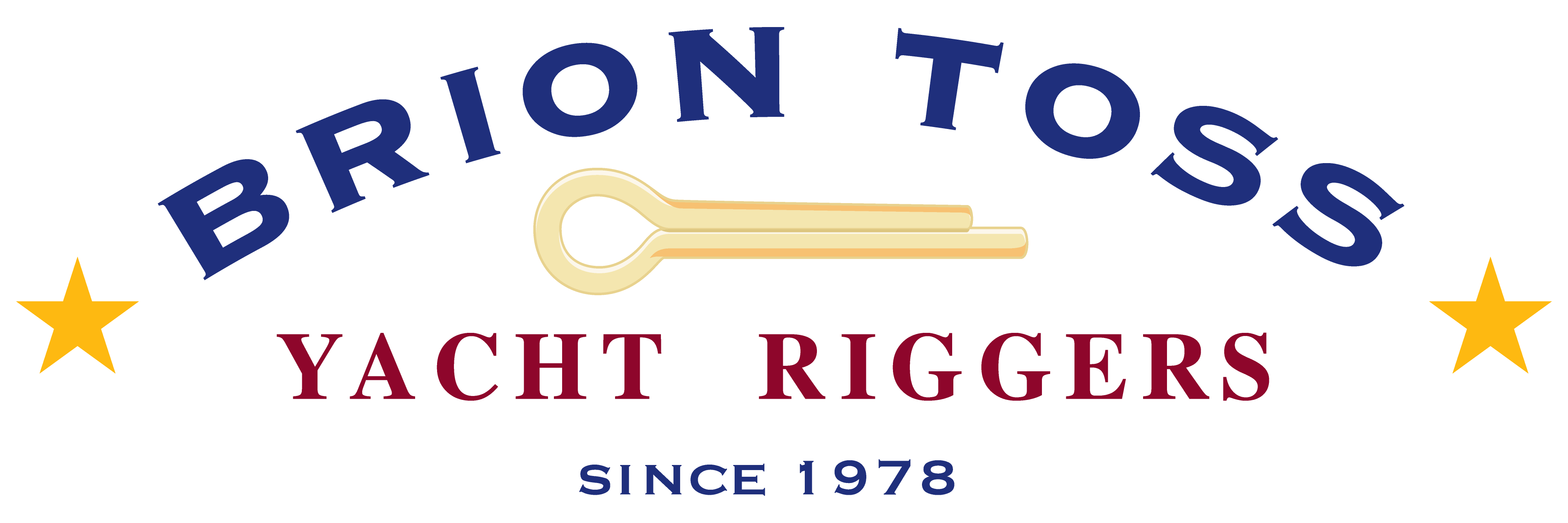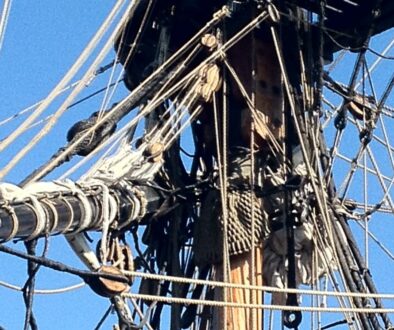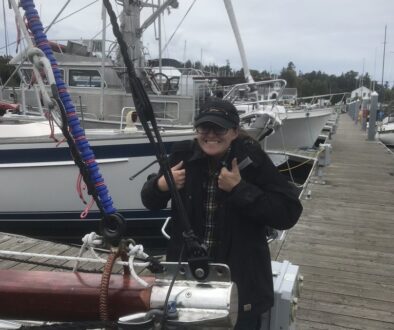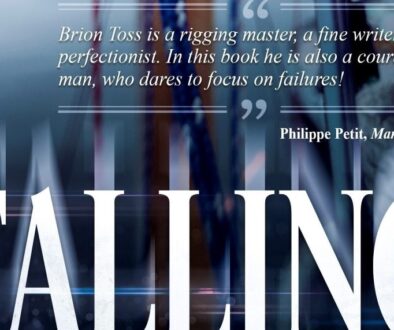Rig Survey, Part 2: Surveying the Materials
It is 1934. Wallace Carothers, a chemist for DuPont, is at work in his laboratory. He is lean, intense, bespectacled. All around him are beakers and flames and retorts. His boss comes into the room and says, “Carothers, I want you to develop the worst possible material for mooring lines.”
The chemist immediately starts listing properties that might meet this demand. “Let’s see, he says, we could make it vulnerable to UV degradation, because mooring lines are out in the sun all the time.”
“Good, good, what else?”
Well, let’s make it easy to chafe. Mooring lines see a lot of chafe.”
“Excellent.”
“And maybe we could come up with something that would chafe itself internally under extreme loads, so you couldn’t tell that it was about to fail. Oh, and let’s make it out of something that is weaker when it is wet!”
“Carothers, I knew you were the right man for the job. I look forward to seeing the –”
“Wait, I though of something else. Let’s make it so that, when it breaks under high load, it snaps back at you at, oh, about 600 feet per second!”
This is a somewhat, um, fictionalized account, but Carothers was a real person, and he really did invent a fiber with all of the properties listed above. We call it Nylon, and the odds are very good that your mooring lines are made out of it because, despite all of its drawbacks, it provides us with one crucial property: elasticity. It stretches, taking up the shock loads that mooring lines (and anchor rodes) must endure as a matter of course. Without this elasticity, it is very hard to avoid ripping hardware off of docks and decks, and without causing the crew to stumble about quite so much every time a wake goes by, so we put up with all the material’s drawbacks in order to take advantage of its singular virtue.
Similar tales could be told about every other component of a vessel’s rig. Stainless, to take another example, is obviously the worst possible material to make chainplates out of (only corrodes where you can’t see it, stays deceptively shiny, gets brittle as it ages, etc.), but again, we forgive it its shortcomings because it possesses a great combination of relatively high strength, ease of machining, and overall corrosion-resistance. So we use it.
It is obvious, then, that one cannot be an effective surveyor, of rigging or anything else, if one does not understand the properties of the materials that one is surveying.
If I am surveying a carbon fiber mast, I had better know that it is far more noble, galvanically, than stainless steel. If I don’t know that, then I might not check the fasteners that might have been put into it, to see if they have been properly isolated. If they haven’t been, the carbon fiber might be reducing the fasteners to dust.
If I am surveying an aluminum mast, I had better know that it is far less noble than those same fasteners, which therefore might be eating the mast.
If I am surveying a high-modulus (HM) halyard, I had better know that almost anything but a proper eyesplice will weaken that line by at least 60%. If a boat has a knot in the end of its Spectra halyard, and it hasn’t broken, then it is either scarily close to breaking, or expensively oversized, or possibly both.
And if I am surveying some of those aforementioned stainless chainplates, I had better know that the only way I can be sure that they are not crevice-corroding in the deck is if I remove them and put a microscope on them. Surveyors consistently fail to recommend this, which might be why the leading cause of dismastings, according to Boat U.S. statistics, is chainplate failure.
Once we understand the materials we are working with, we need to consider them in context. A nylon halyard, even in excellent condition, is still a lousy tool for that job, because its inherent elasticity makes for inconsistent sail shape. Likewise a Spectra anchor rode, no matter how pristine the rope is, might be counted on to tear the windlass off your deck, because of shock loads. Chain is similarly inelastic, but it is also heavy enough to produce a catenary, which provides some degree of gradual takeup of load, and this catenary can be further complemented by rope snubbers.
This brings us to considering the possibilities of materials. If we can work out a way to insert snubbers into the length of a Spectra rode, we could have a rode that is far lighter, stronger, and likely cheaper than chain, and this is exactly what some companies are working on. By understanding Spectra’s virtues, and understanding the specific demands of the context of anchoring, we can work to adapt the material to new uses. Surveying isn’t just a matter of noticing that something is breaking; it is the search for rig optimization.
Next week: Surveying the Components
This is the second in a series on rig surveying. To see the first part, along with a dense backlog on all sorts of topics, visit Our Blog.
If you want to get a look at new content a day ahead of the general public, scroll down to the bottom of the page and subscribe.
Also be sure to visit our Online Store, for all sorts of rigging tools, gear, materials, and educational content.
Wander around the site a bit for information on consultations and rig surveys, as well as actual rigging of boats (yes, I still do that, too).
Fair leads,
Brion Toss




